KITA
About
- Username
- KITA
- Joined
- Visits
- 127
- Last Active
- Roles
- member
- Points
- 1,479
- Badges
- 0
- Posts
- 410
Reactions
-
Embarrassing Qualcomm ad claims 'I'm a Mac' actor is switching to Windows ARM over notific...
TDP = 28WStrangeDays said:
Raw performance is not the draw. Compute power per watt, is. How power efficient is this chip being compared to Apple Silicon? Is it fanless?KITA said:
There are plenty of more interesting things to report on at Computex than this.debonbon said:Slow news day,
For example, AMD's new mobile chips (Strix Point) shipping July 2024:.png)
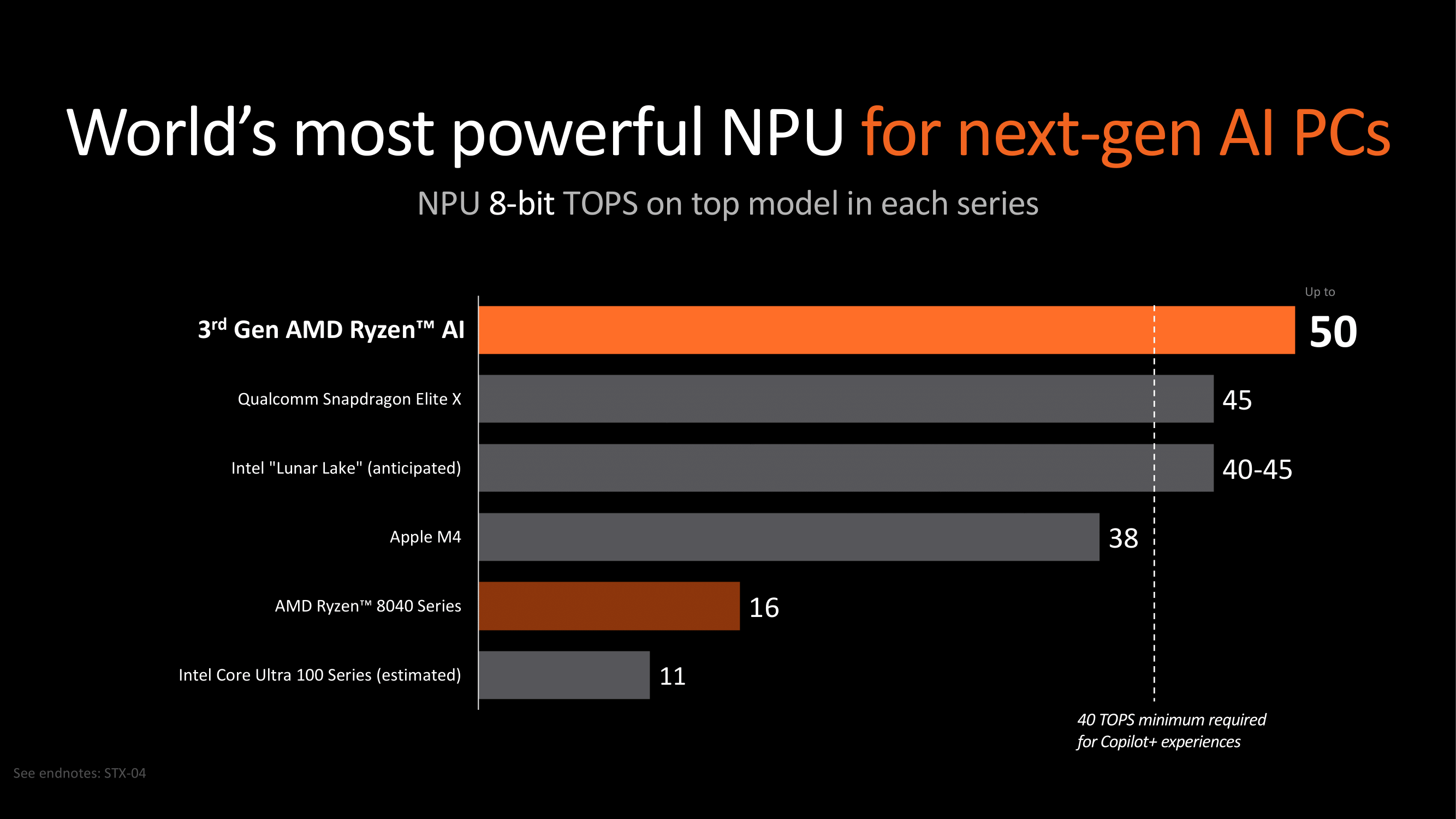
cTDP = 15W-54W
The M3 used in their testing was in a MacBook Pro 14"
Implementation by each OEM will differ (a number of devices have already been announced). I doubt it will be used in a fanless device though.
For thin and light devices, expect the 15W TDP or 28W TDP.
For larger and higher end configurations, we'll probably see this with a higher TDP and paired with a dGPU - likely NVIDIA in some devices::format(webp)/cdn.vox-cdn.com/uploads/chorus_asset/file/25474509/copilotnvidiapcs.png)
Here's a laptop with it from ASUS at Computex (seen in the NVIDIA slide above), the Zephyrus G16:
- AMD Ryzen AI 9 HX 370
- NVIDIA GeForce RTX 4070
- 16" 240 Hz OLED, 100% DCI-P3, NVIDIA G-Sync
- 4 lbs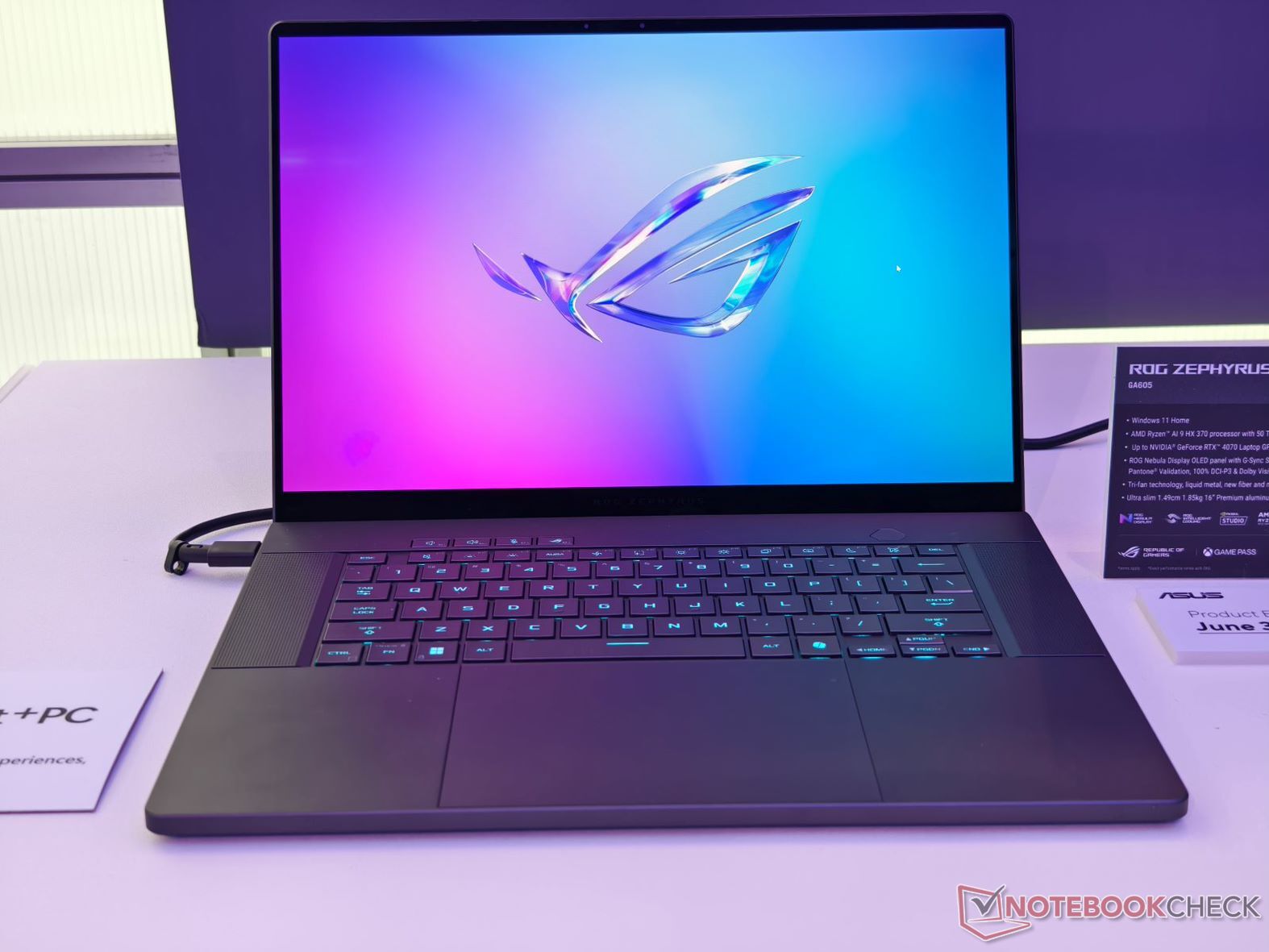



-
Embarrassing Qualcomm ad claims 'I'm a Mac' actor is switching to Windows ARM over notific...
There are plenty of more interesting things to report on at Computex than this.debonbon said:Slow news day,
For example, AMD's new mobile chips (Strix Point) shipping July 2024:.png)
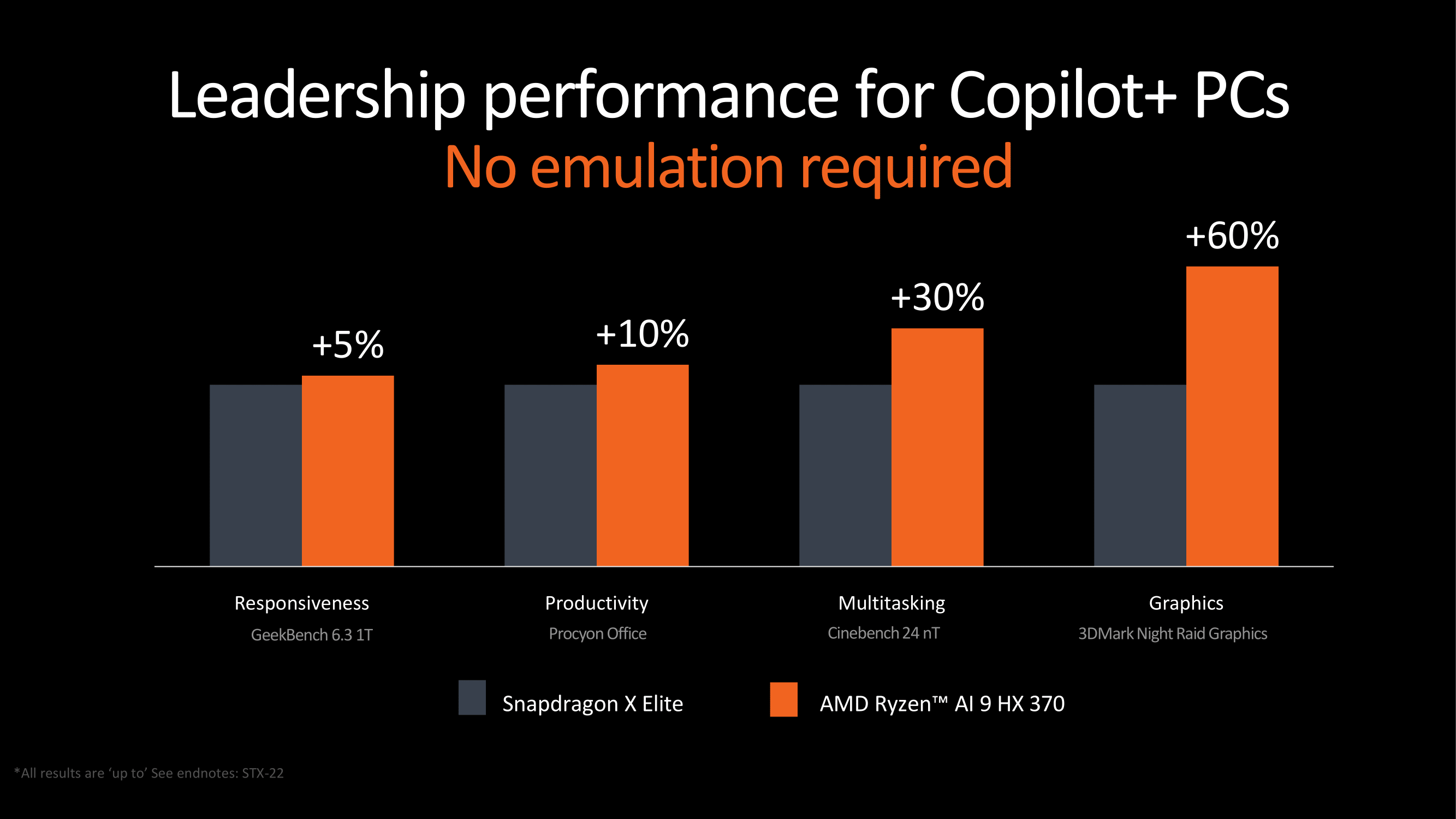
.png)

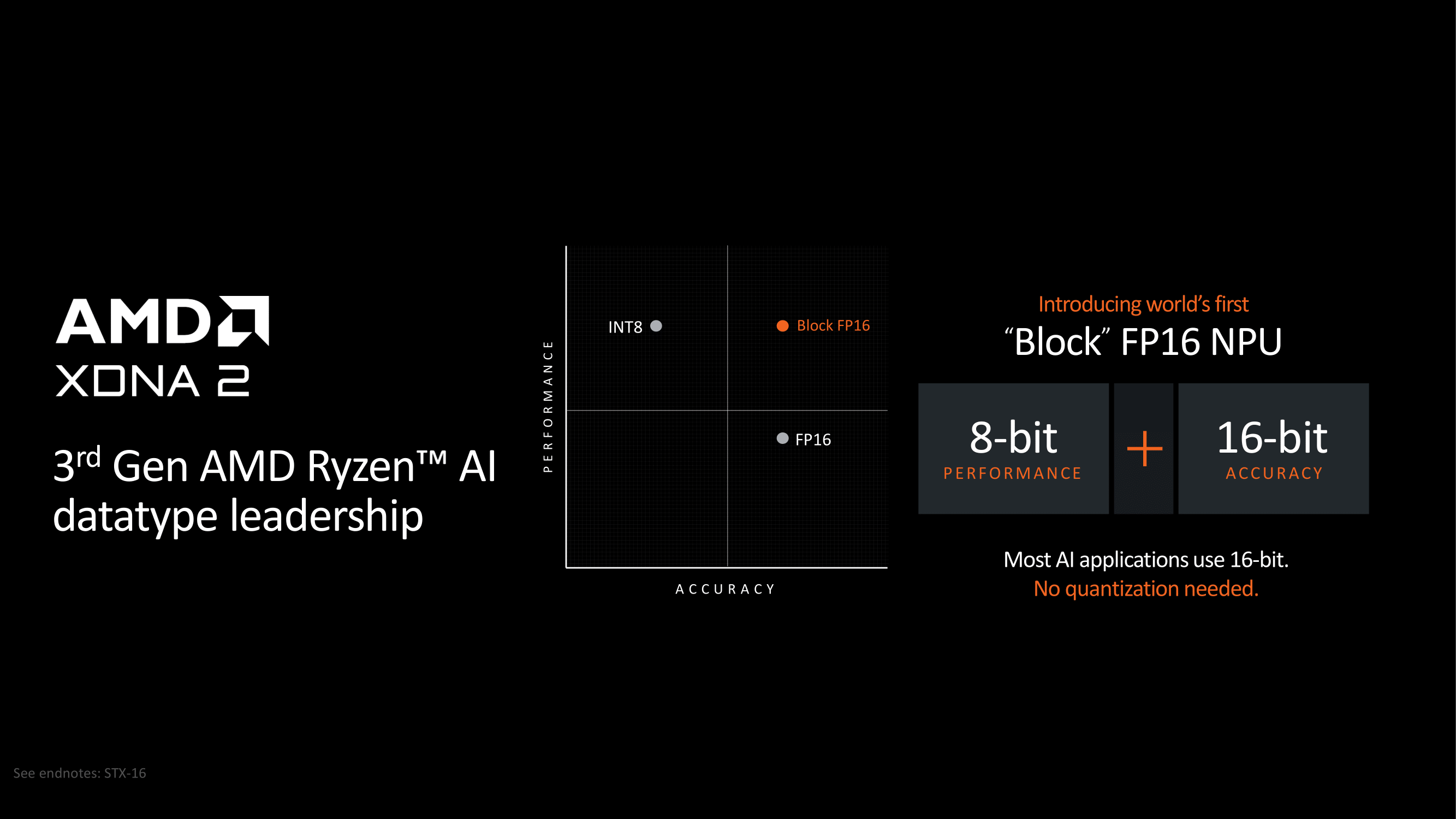



-
Logitech updates Designed for Mac range with new keyboard and mice
I really enjoy my MX Master 3S and MX Keys Mini - great tactile feel and they're both relatively quiet when in use.
That being said, unlike the keyboard, the MX Master 3S having the "Easy-Switch" button on the bottom of the mouse isn't always the best for your workflow when quickly switching between multiple devices (in cases where you either don't want to, or can't, use Logitech's Flow software). There might be ways to re-map this, but that doesn't appear to be the case, at least not out of the box.
-
AI computer showdown - MacBook Air vs. Microsoft Surface Laptop Copilot+ PC
The comparison was 8 GB vs 16 GB. When the ram usage is maxed out, clearly, unified or not, it has to swap with the SSD. Hence my statement about 8 GB still being 8 GB.foregoneconclusion said:
How do you explain this video? It compares a 16GB $2000 Mac laptop with unified memory versus a 16GB $2100 Windows laptop with DDR. If what you were saying were true, then the results could be expected to mostly similar. Instead, the Windows laptop isn't even remotely close to the performance of 16GB unified memory. There are other tests by the same channel where an 8GB unified memory system is only beaten by 10% or 11% in performance versus a 16GB DDR system.KITA said:
8 GB of RAM is still 8 GB of RAM.foregoneconclusion said:
Microsoft doesn't mention unified memory in its marketing, so it could be DDR for the Surface which is approximately 50% as efficient as unified memory. If so, the RAM difference in this comparison is negligible. I also wonder what the SSD speed is for the Surface. The M3 MBA SSD has a read speed of 2880 and a write speed of 2108.KITA said:
Surface Laptop 15" is $1299 for Snapdragon X Elite with 16 GB RAM and 256 GB SSDy2an said:Given the Surface has a fan, why compare it to the MacBook Airs rather than the MacBook Pros?
MacBook Air 15" is $1299 for M3 with 8 GB RAM and 256 GB SSD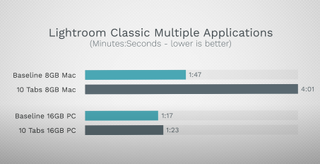
The NPU may take 8 GB of RAM just for itself at times. 16 GB was chosen as the minimum for a reason.
https://www.youtube.com/watch?v=Al1OAg9Gin8
If you want to pay even more for 16 GB on the Mac, that's fine, but that's not what I wrote in my earlier post, nor is what you quoted.
I'd also point out the test I listed was done by the same channel as the video you posted:
"So you guys can see that 8 GB is not the same as 16, especially when you're actually going to be using the system"


-
Top AI tablets: iPad Pro with M4 versus Microsoft's new Surface Pro
For a lot of cases, these are still very different devices.
The Surface Pro can run full Windows (with Prism for x86-64 emulation), or Linux, along with the vast ecosystem on both. You can upgrade the SSD, equip it with 32 GB of RAM and output to up to three 4K monitors.
The iPad has very impressive hardware and a lighter and thinner package, but it can only run iPadOS and its very limited ecosystem and features for productivity or power users.


